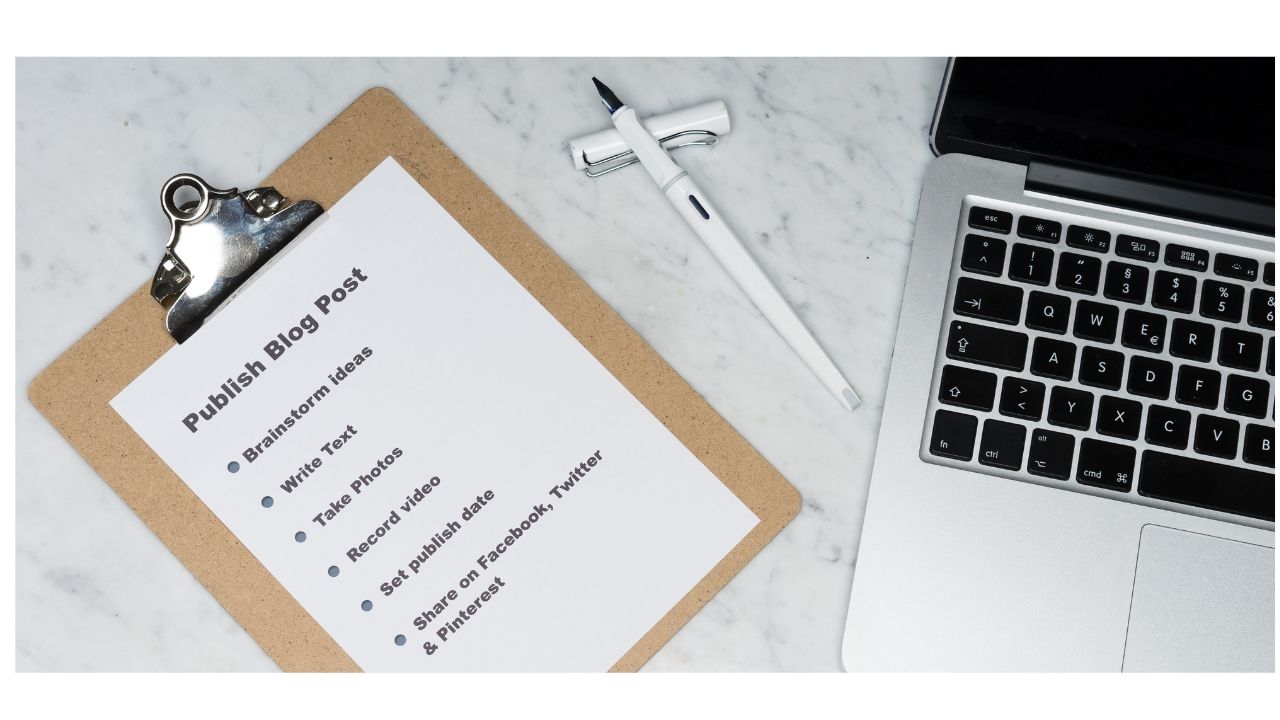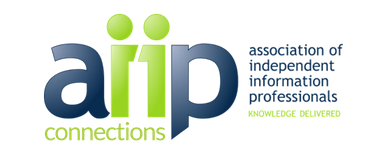A Blog Post about Blog Posts

By Kelly Berry
So, you’re thinking about starting a blog? As an independent information professional, that can be a great way to highlight your services and capabilities. But it helps if you understand the characteristics of a successful blog, so let’s explore those a little in this blog post about blog posts!
The Data
Let’s start with some statistics. While some people think blog posts are ‘out’ now that the whole world is Tik-Toking their messaging or starting a podcast, that is simply not the case, especially in the business world. A blog is a place to share your expertise and generate trust among your target audience. And blogs are still hugely popular.
According to SEM Rush, there were over 31 million bloggers in the U.S. in 2020, with over 500 million blogs. And each month there are 70 million new posts and 77 million new comments on those posts.
So, the good news about blog data is that there are millions of blog posts! Clearly, it’s still a popular method of outreach. And the bad news about blog data is that there are millions of blog posts, so it can be hard to stand out.
Know Your Audience
The most important consideration when writing a blog post is your audience. Who do you hope will be reading these posts? For example, this blog post is geared toward independent information professionals and those considering the profession, so the content focuses on tips that make sense for that audience, as opposed to a blog writer working for a giant company who is part of a team of marketing professionals. Generally, the more specific you are with your audience, the better they can relate to your content.
Bear in mind that you are actually writing your posts for two very different audiences. The first is your intended audience. The second is an audience of one – Google. If you ever want your blog posts to be found by prospective customers (or whomever you are focused on), then you need to be sure that you follow some of the key SEO (search engine optimization) rules to optimize the post.
Optimization
What does Google look for? The focus is on both SEO and readability. Here are some key elements that help your post rank higher in searches:
- Include links to other articles or websites – and ideally also links to past blog posts of your own (outbound and internal links)
- Add video or images to your post
- Identify a key phrase and be sure to use it regularly in the article, in the headings, in the title, and in the meta-description for your blog post
- Segment your post with subheadings and make sure each section is about the same length
- Keep your sentences short (less than 20 words), with a focus on active voice, variety in sentences, short paragraphs, transition words and an easy reading level
Be Clear with Your Goals
Typically, bloggers aren’t writing just for the sake of writing. There is a goal in mind – whether that is to generate an audience to follow your blog or to demonstrate to potential customers that you are an authority on a particular subject.
Be sure to consider what your goal is and how you will share your blog posts with your target audience. You can always promote your blog on social media, on your website, and through email subscriptions. There are a variety of options, and your best choice depends on your budget, your comfort level with technology, and where your audience finds its information.
But the most important step is to just get started!
Kelly Berry is the outgoing Director of Professional Development on the AIIP Board. Her business, ResourceAbility, has been providing secondary market research for small businesses since 2005. She is also growing a new business called Learn Start Grow geared to helping small businesses grow, and has been writing a blog for this business every other week since May 2020.





